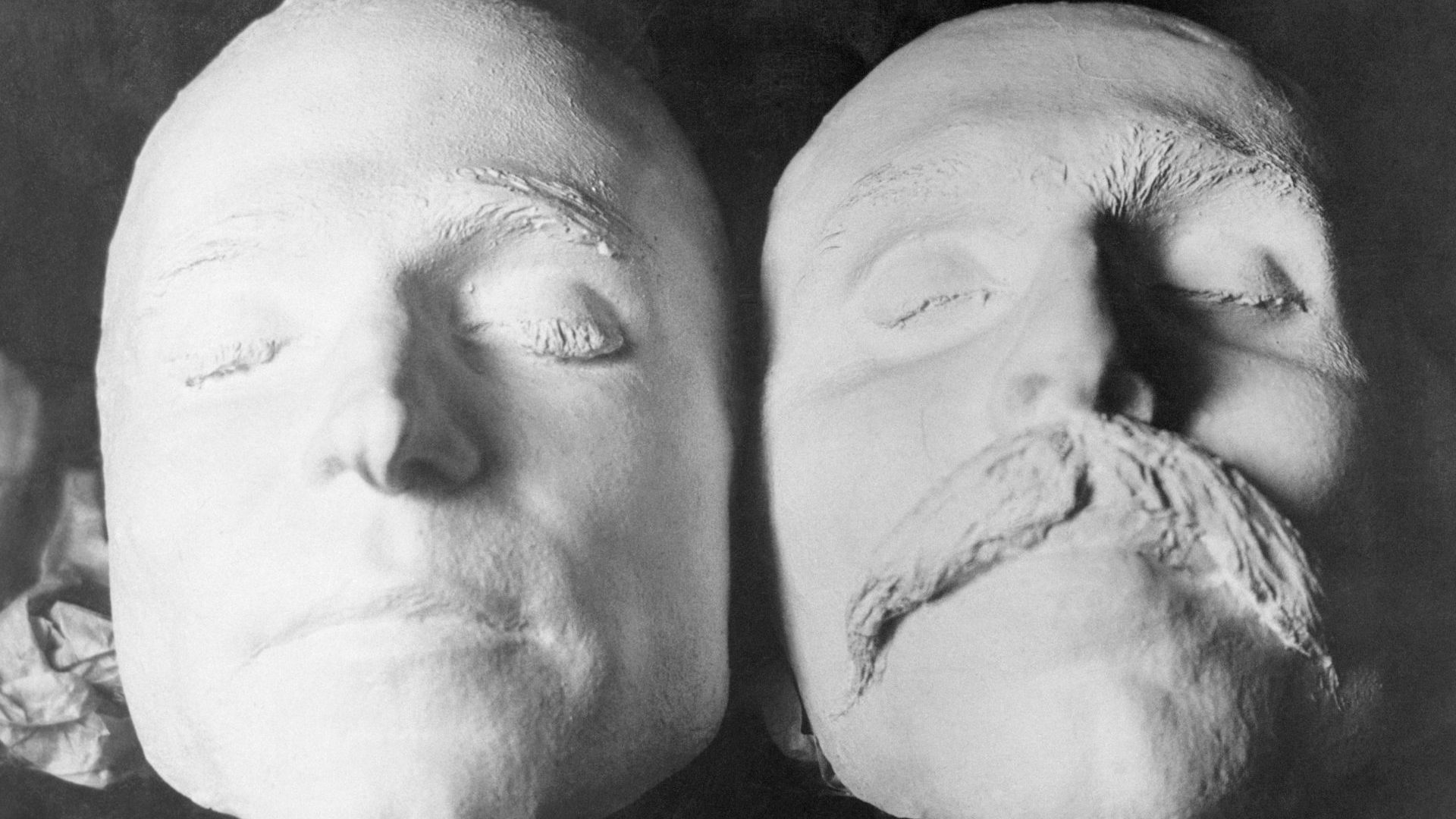The first arrival of the Vikings on the North American continent, a millennium ago, led to a minor event which was nevertheless of very major importance in the history of the world.
When modern humans first began to migrate out of the East African cradle of homo sapiens, one major migratory stream headed from Africa up through the Middle East and westwards into Europe. A second major stream
travelled into Asia, with some of them crossing Siberia and the Bering Strait to the Americas.
The arrival of the Viking people on the northern east coast of North America in the 11th century, via Iceland and Greenland, therefore saw the first ever re-contact between these two streams of migratory humans. The eastward and the westward migration streams, after having made their way around the globe in opposite directions, now came into contact with one another again for the first time in at least 70,000 years.
Sadly, this epic initial encounter between the descendants of the original westward- and eastward-travelling migratory peoples did not end well. The Old Norse-speaking Vikings killed eight of the men who approached them in canoes, while a ninth man was able to escape and return with reinforcements who then attacked the Norsemen with bows and arrows and killed their leader.
We do not know for certain who these indigenous North American people were. The Norsemen called them Skrælings. They may have been the ancestors of the modern Innu of Labrador, or the Micmac of the Canadian Maritime provinces, or most likely the Beothuk of Newfoundland.
The languages of the Innu and Micmac peoples as they are spoken today belong to the Algonquian language family, and on geographical grounds it would not be surprising if the Beothuk language was also Algonquian. There were certainly general similarities between Beothuk culture and those of other known Algonquian-speaking groups. The Beothuk hunted deer using bows and arrows; they used birch-bark for making cooking vessels and shelters; and they smeared themselves with red ochre as a protection against insects. But it is equally possible that Beothuk was a linguistic isolate, meaning that it had no extant relatives.
We will never know for sure, however, because the second, 17th-century, encounter between the indigenous Newfoundland Beothuk and the European incomers eventually ended much more tragically even than the first encounter between the Vikings and the Skrælings. Early modern contacts between the Beothuk and Europeans were reportedly rather amicable but, during the 1700s, conflicts developed and the Beothuk were driven into the island’s interior.
Their brilliance as canoeists had been commented on by many colonists; they were highly skilled at spearing seals with harpoons; and they fished
adroitly for salmon and shellfish. But having been forced by Europeans to
dwell away from the coasts, they lost access to the marine food sources which they had always relied upon, and they suffered from imported diseases which they had no immunity against.
By 1824 there were only 14 Beothuk left, and when the last one died in 1829,
she took the language with her. As with so many other languages of the east
coast of the Americas, the arrival of English and other European languages
in one way or another brought about the end of both the Beothuk people and their language.
NEWFOUNDLAND
The island of Newfoundland is about half the size of Britain. The inhabitants
– not all of them are happy to be called “Newfies” – are very keen that visitors should pronounce the name of their homeland correctly, with the stress on the final syllable. They have developed a small educational half-rhyming mantra for that purpose: “Understand – Newfoundland!”




